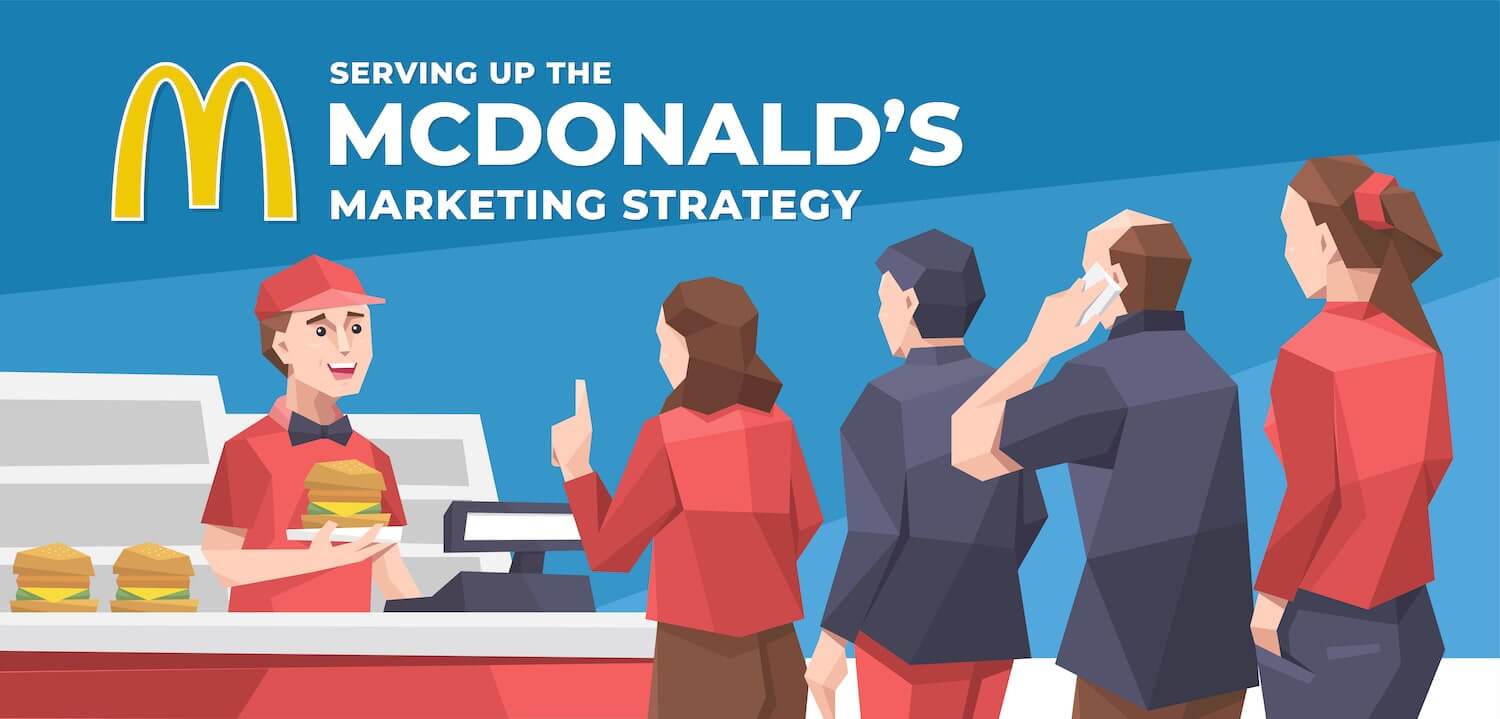Why does a figure skater spend two hours, after her coach has left a six-hour practice, attempting to perfect her routine?
Why does a fifteen year-old stay wake until 3:00 a.m. to advance to the next level of a video game?
Why do some people arrive at the office by 6:00 am, and rarely leave before 6:00 pm?
Why do billionaires show up every day to work at all?
Motivation is the driving force by which we achieve our goals. It is a very personal thing. Motivators are the source of our motivation. Understanding the motivators that are both relevant and important to individuals opens a door to understanding why people respond in different ways to the same situation.
Understanding the principles and mechanisms of motivation help us to:
- Identify why and how buyers make purchases, so that we can better sell to them.
- Build and develop high-performing workplace teams.
- Understand our own passions, and tap into the energy that fuels our success.
Theories of Motivation
There are easily a good dozen theories of motivation – models that help explain why people act in the way they do. Some are well-known and straightforward; others are developed for specific applications, such as education and learning.
Here are the common ones, with links to more information if you want to deep dive into any of them.
Theory 1: Maslow’s Hierarchy of Needs
This is probably the best-known theory of motivation. Who isn’t familiar with this? The basic model suggests two things:
- our unsatisfied needs dictate our behavior
- the lowest levels of need hierarchy must be satisfied first; in other words, our focus is on satisfying deficits in any lower level before shifting our focus to the next higher level.
You can find our more about Maslow’s theory here and, if you are into scholarly pursuits, here as well. Alderfer’s ERG theory – dealing with the core needs of existence, relatedness, and growth – is an offshoot of Maslow’s theory.
Theory 2: Incentives
This is likely the second best-known theory of motivation, explaining the influence of positive and negative reinforcement in shaping our behavior. Learn more about it here.
Theory 3: Drive Reduction
This is actually a composite of several theories, all to do with drive. Partly embedded in Maslow’s theory, drive theory helps to explain the underpinnings of our basic physiological and psychological needs. It is explained here.
Theory 4: Herzberg’s Two Factor Theory
A standard offering of most management courses, this theory suggests that two factors – extrinsic and intrinsic – determine job satisfaction in the workplace. They include motivators which give positive satisfaction (e.g. challenge, recognition), and hygiene factors which when absent or insufficient, become demotivators (salary, job security).
Theory 5: Self-Determination
This focuses on intrinsic motivational factors such as curiosity, care, hobbies and interests. The theory explains why people devote themselves to the mastery of endeavors like playing an instrument, developing expertise in a field, or being altruistic like Mother Theresa.
Intrinsic and Extrinsic Motivational Factors
Extrinsic (external) factors come from our environment, outside of us – monetary gain, trophies, threat of punishment, fear for our lives, etc.. Intrinsic (internal) factors come from within us. When someone refers to another as “motivated” they usually mean that their behavior is driven by something internal to that person.
What Are Your Intrinsic Motivators?
It helps to understand what makes us tick. By and large, most of us are going to respond to extrinsic motivators (fear, reward) in fairly predictable and observable ways. However, our internal drivers are entirely personal. What is relevant and important to one person (for example, the need to compete and win) can be entirely irrelevant and unimportant to another person.
Here’s a list of commonly recognized categories of internal motivation drivers. Determine which ones characterize your behavior. There are no right or wrong answers.
-
- Acceptance – approval from others
- Achievement – the desire to excel, and avoidance of failure
- Affiliation – harmonious relations with others
- Curiosity – yearning to learn
- Eating – enjoyment of food
- Family – raising children
- Honor – loyalty to family, ethnic, or organizational values
- Idealism – social justice altruism
- Independence – individuality, and freedom from control by others
- Order – organization, stability, predictability, repeatability
- Physical activity – exercise, physiological development
- Power – telling others what to do, or organizing others to achieve a common goal
- Romance – sex, being sexually attractive to others
- Saving – keeping, collecting, protecting assets
- Social contact – having friends and acquaintances
- Status – social standing, importance and recognition in society or a social group
- Tranquility – safety, peace, harmony, freedom from violence
- Vengeance (competitiveness) – striking back, conquering, winning














Leave a Reply